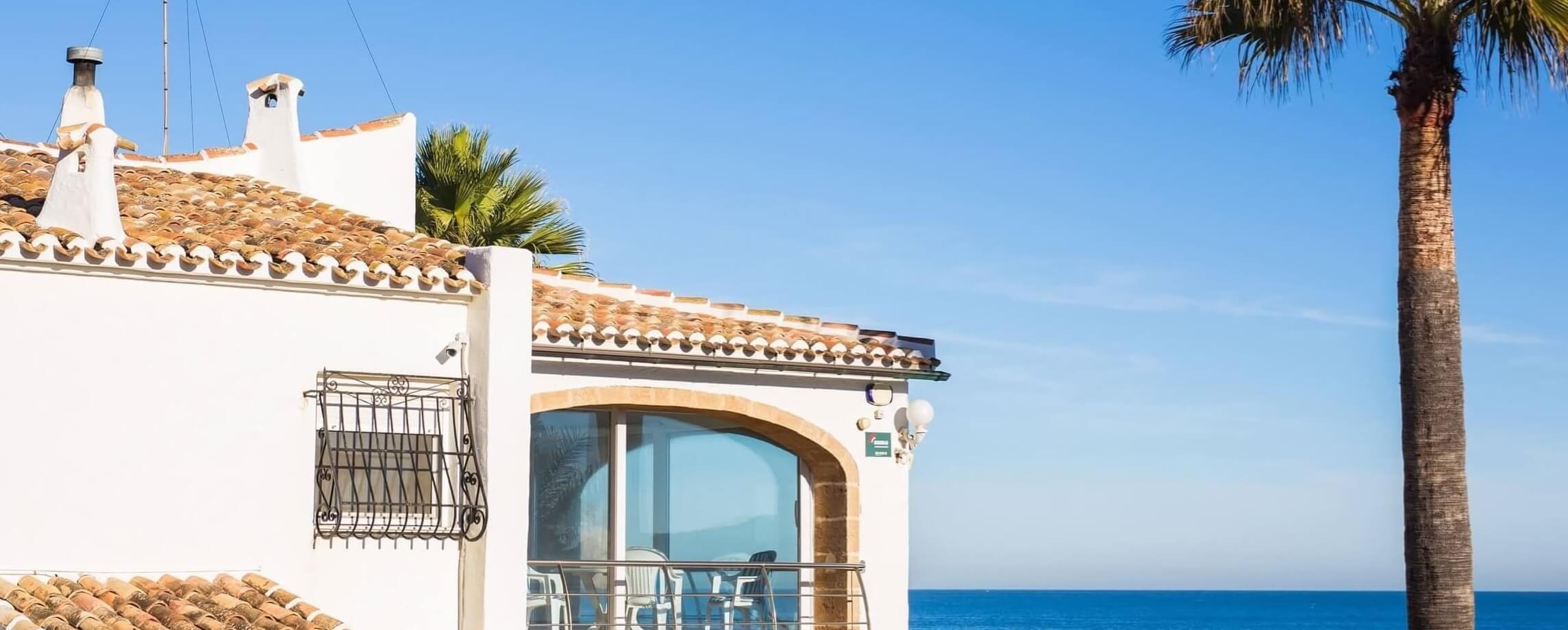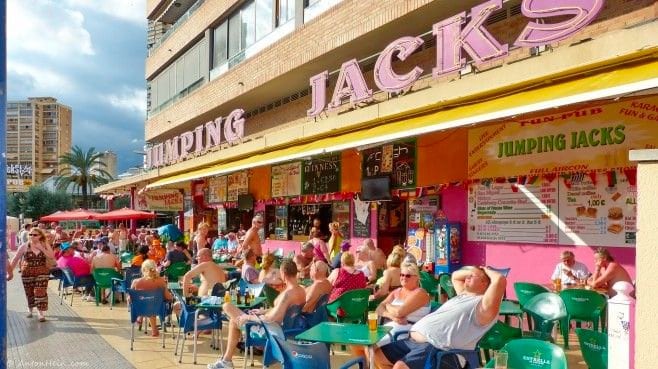The Spanish property market has proved to be very cyclical over the past decades, as trends seem to reoccur in cycles. Here we look at property market fluctuations from 2007 until 2022.
Real Estate Boom 2007
The biggest boom in the Spanish property market cultivated enormous attention due to the sheer magnitude of the rise in house prices; at the end of 2007, real estate prices across Spain were nearly 200% higher than just a decade before.
Experts now believe the skyward spiral of housing prices was triggered by some unique economic and social factors and investors’ risky practices in Spain.
Spain’s housing bubble started in 2005, with economists and the media pushing Spaniards and foreigners to buy a property. Local authorities made fortunes by reclassifying land to urban from rural. Corrupt politicians and developers also made millions. The bubble continued growing.
Javea property prices in 2007 grew significantly, with standard small 2-bed apartments selling for upwards of 200,000€.
Housing Bubble Burst 2008/2009
After the tremendous price growth in 2007, the Spanish property bubble exploded in 2008, and prices steadily dropped all over Spain, with some regions hit harder than others.
On the Costa del Sol, prices fell 30% to 40% from the peak. Barcelona saw price drops of between 15 and 30%, with the market somewhat maintained by foreign buyers. On the Costa Blanca, we saw prices fall by 20% to 25% on average. However, some towns such as Torrevieja experienced drops as high as 55%.
Like in the rest of Spain, property sales in Javea ground to a halt. There was an excess of “En Venta” signs all over the town and surrounding areas, and many owners had no other option than to rent their property as they could no longer afford to pay the mortgage. However, renting out a home was easier said than done, as although rental properties were in demand, few people could afford the monthly rent, let alone the usual deposit of two months in advance.
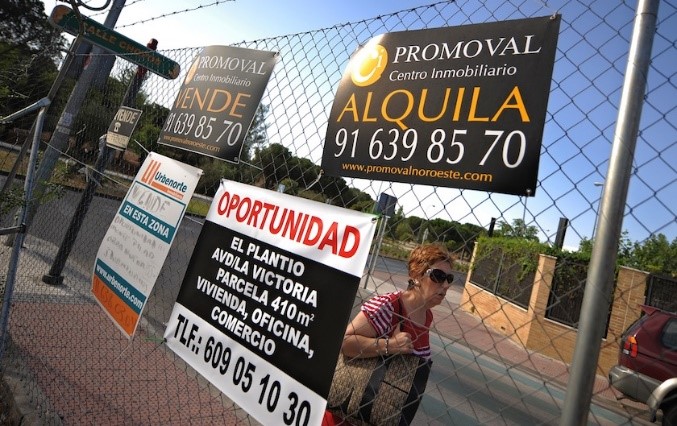
Many banks merged, and bank offices closed all over the country, forcing customers to bank online. The financial crisis caused immense distress for many Spanish nationals and residents, and hundreds of thousands of people lost their homes.
Real estate agencies all over the country, both long-established and those who took advantage of the market boom, closed their doors and websites for good.
Javea did not escape the real estate crisis, although price drops in Javea were less severe than in some coastal resorts.
Some Relief in 2013
The year 2013 finally saw an upswing in the real estate market after years of financial hardship for Spain’s people. While real estate sales were still slow, property transactions finally began to transpire during 2013-14.

However, it wasn’t all a garden of roses for real estate agencies and private sellers; sales were still slow, prices low, and they were in direct competition with the banks who needed to get rid of the thousands of homes repossessed during the crisis.
During this time, property sales in Javea improved slightly primarily due to interest from non-EU overseas buyers, predominantly the Chinese.
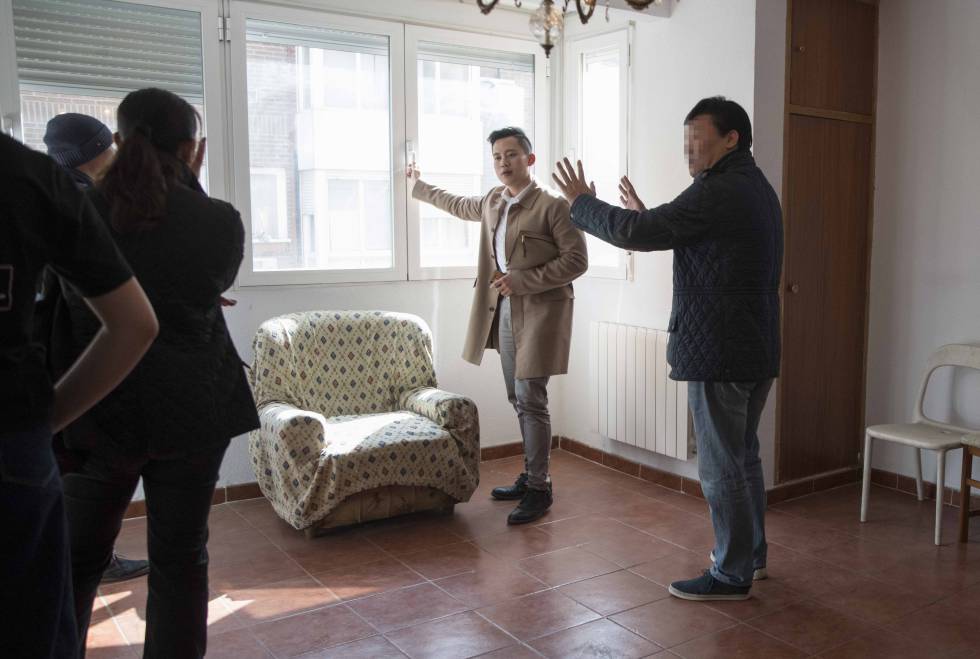
Market Growth in 2015/2016
Growth in 2015 was still cautious, but things were looking positive for the Spanish property market. Less repossessed properties were inundating the market, and prices continued to increase, albeit unevenly throughout Spain.
Prices still remained far below the highs reached before the housing bubble burst in 2007 and were at the levels last seen in early 2003.
Foreign buyers made up a large percentage of total purchases. The highest percentage was the British, at 23.95%, followed by the French at 8.17%, and the Germans at 7.79%. There was an increase in Chinese buyers’ acquisitions (3.88%), but Russian purchases decreased and stood at around 3%.
Javea continued to see non-EU purchases and a much welcome return of increased enquiries and transactions by the British.
2018 and It’s Looking Good
2018 saw the Spanish real estate market grow steadily, with about 515,000 property transactions taking place during the year. This was a 10% increase over 2017.
According to a College of Property Registrars report, foreigners were more engaged in buying in Spain than locals. The British were still in the lead, responsible for 15.3% of international buyers’ purchases. The Germans and French followed them at 7.4%, then the Belgians (6.3%), the Swedes came in next with 5.9%, the Romanians followed (5.5%), and Italians purchased 5.4%.
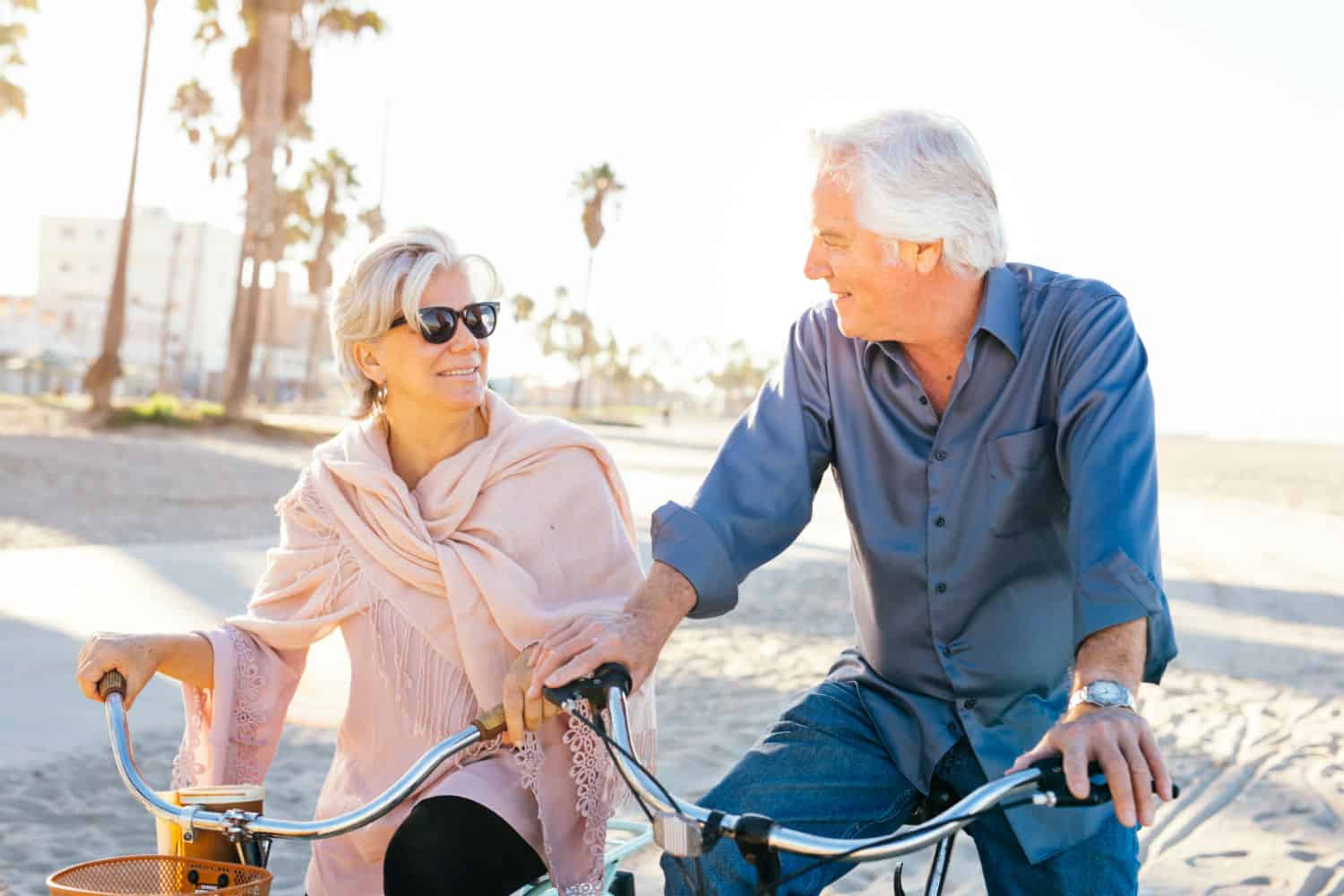
Most demand by foreigners was for touristic properties, particularly from the European countries with high per capita earnings.
This national trend was followed closely in Javea, with British, Spanish, Belgian, and French buyers leading the way.
Slow Down in 2019
The strong growth of the Spanish real estate market of 2018 was expected to extend into 2019. Accessible financing conditions and a more confident economic climate would all influence the pattern. Spain’s property market would continue to enjoy another good year, thanks to a growing number of investors and improved purchasing power.
Certain areas saw much more significant price increases than others, with Barcelona, Madrid, and the Basque country seeing higher gains than small inland towns.
Coastal resorts like Javea fared somewhere in between, with increasing prices but a slow down compared to 2017 and 2018.
COVID Hits 2020/2022
Before COVID hit in March 2020, property sales were slow on the Costa Blanca in general, but this tends to be usual in resort towns in Spain. Overall, enquiries were high, and 2020 looked like it would be a good year.
Then the Coronavirus pandemic hit us and the rest of the world.
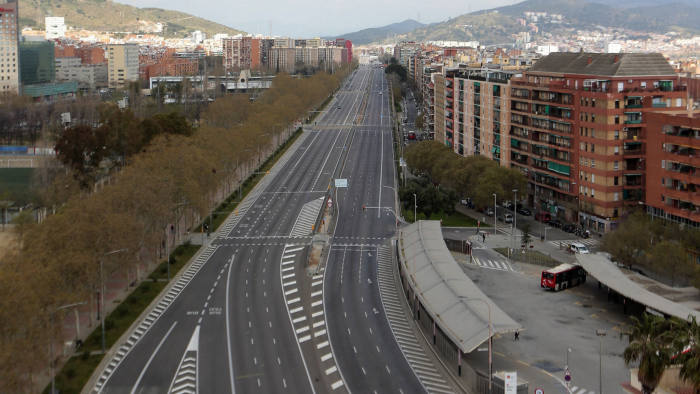
Since the middle of March 2020, real estate agencies and other Spanish businesses have been hit by full lockdowns, partial lockdowns, and non-essential regulations. As a result, property sales are dismal. With real estate agencies closed to the public, international travel bans, and the state of alarm’s varying stages, it hasn’t been possible to evaluate properties, show homes to buyers, or meet buyers or sellers in person.
Although 2020 was a washout, and at the time of writing in 2021, the near future as far as lifting COVID-19 restrictions is entirely unknown, predictions for 2022 are optimistic.
While 2020 was a write-off, the Spanish real estate sector in Spain is backed by much firmer foundations than during the crisis of 2008.
Before the COVID-19 outbreak, Spain’s households and businesses were far healthier than in 2008. There was no oversupply of properties, far less consumer debt, and banks have been much more stringent on their lending guidelines.
Home sales fell by around 17% year on year in 2020, but experts expect a gradual recovery towards the end of 2021. Due to the decline in demand, prices will see a significant adjustment, and some forecasters are foretelling that by the end of 2021, prices could still be as much as 16% below pre-Covid in some areas.
However, most experts believe that by the end of 2022, the worse of the health crisis will be behind us, and property prices will quickly begin to rise.
Our View at Javea Properties
Bricks and mortar has always been seen as a stable investment in an unstable environment, and we believe now is the time to buy in Javea and the rest of Spain, while prices and demand are low, and before the inevitable cyclical increase in 2022.



